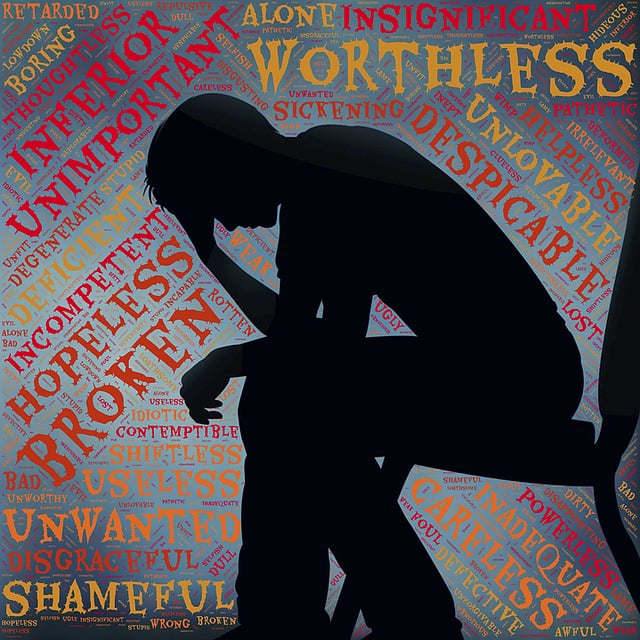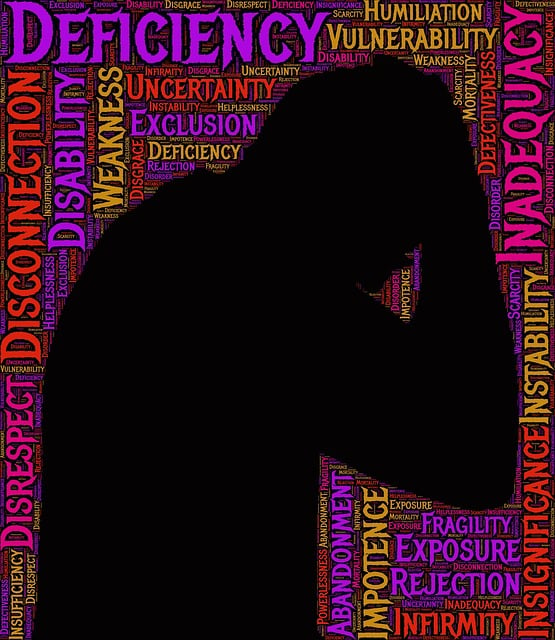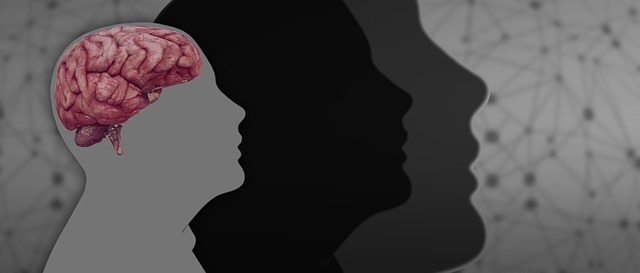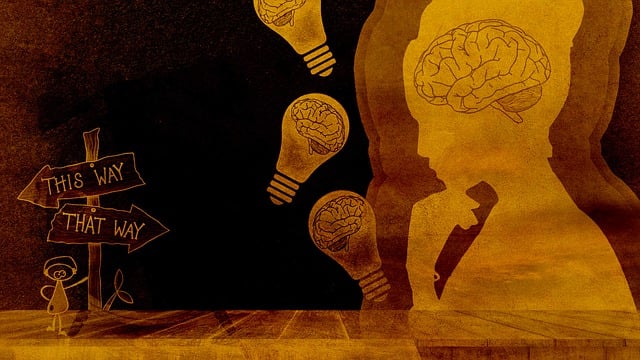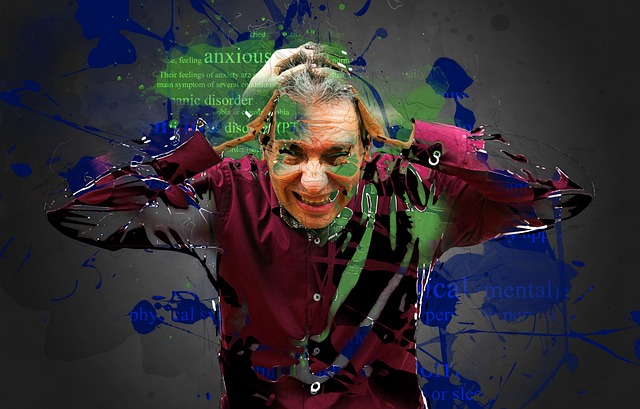The media has a powerful impact on public perception of mental health, especially for adolescents developing their self-identity. Accurate and positive portrayals can reduce stigma around conditions like ADD/ADHD and encourage teens to seek help through evaluations and therapy. However, negative or stereotypical representations may lead to isolation and deter teens from recognizing symptoms and accessing necessary support. To create a supportive environment, media should advocate for nuanced storytelling about diverse mental health experiences, incorporating positive coping mechanisms. Additionally, policy analysis and advocacy are crucial to align media content with evidence-based practices, ultimately supporting the mental health journeys of adolescent teens.
In today’s media landscape, accurate representation of mental illness is crucial for fostering adolescent mental health awareness and reducing stigma. This article delves into the profound impact of media portrayal on teens’ understanding of their own experiences, highlighting the unique role of Attention Deficit Disorder (ADD) and Attention Deficit Hyperactivity Disorder (ADHD) in shaping these narratives. We explore therapeutic implications and offer solutions to enhance media portrayals, emphasizing the importance of evidence-based evaluations for ADD/ADHD to promote better mental health support for adolescent teenagers.
- Understanding the Impact of Media Portrayal on Mental Health Awareness for Teens
- The Role of ADD/ADHD in Shaping Media Representation and its Therapeutic Implications
- Solutions and Strategies: Enhancing Media Portrayals for Better Mental Health Support in Adolescent Teenages
Understanding the Impact of Media Portrayal on Mental Health Awareness for Teens

The media plays a pivotal role in shaping public perception about mental health, especially for adolescents who are still developing their understanding of self and society. Positive and accurate representation of mental illness in media can significantly contribute to raising awareness, reducing stigma, and encouraging teens to seek help when needed. On the contrary, negative or stereotypical portrayals can perpetuate misconceptions and lead to further isolation for those struggling with their mental health. For instance, portraying mental illness as a weakness or an occasional phase can deter teens from recognizing their symptoms and seeking therapy, such as ADD-ADHD evaluations, which are crucial steps towards recovery.
Media has the power to influence young minds, so it’s essential to advocate for more nuanced storytelling that reflects the diversity of mental health experiences. Integrating strategies like mindfulness meditation and positive thinking into media narratives can offer hope and inspiration while promoting healthy coping mechanisms. Moreover, a thorough Mental Health Policy Analysis and Advocacy is necessary to ensure media representation aligns with evidence-based practices, ultimately fostering a more supportive environment for teens navigating their mental health journeys.
The Role of ADD/ADHD in Shaping Media Representation and its Therapeutic Implications

The media’s portrayal of mental health conditions significantly influences societal perceptions and understanding. Among various disorders, Attention Deficit Disorder (ADD) and Attention Deficit Hyperactivity Disorder (ADHD) have been increasingly represented in recent years, offering both opportunities for education and challenges in accurate depiction. These conditions often feature in storylines related to adolescent teens, shaping public opinion on how these young individuals behave and cope with daily life.
The therapeutic implications of such media representations are profound. Accurate portrayals can facilitate conversations about mental health, reduce stigma, and encourage teens struggling with ADD/ADHD to seek evaluations and appropriate therapy. By presenting characters who manage their symptoms through strategies like stress management, resilience building, and conflict resolution techniques, media has the potential to empower viewers. Conversely, stereotypical or inaccurate depictions may perpetuate misunderstandings, leading to misinformed judgments and potentially hindering teens from accessing the support they need for effective treatment.
Solutions and Strategies: Enhancing Media Portrayals for Better Mental Health Support in Adolescent Teenages

Media representation plays a pivotal role in shaping societal perceptions about mental health, especially among adolescents. To challenge negative stereotypes and promote better understanding, media outlets can adopt several strategies. One effective approach is to showcase therapy sessions tailored for adolescent teens, emphasizing the positive impact on their emotional well-being. By presenting realistic portrayals of ADD/ADHD evaluations and subsequent therapeutic journeys, media can destigmatize mental health issues and encourage help-seeking behaviors.
Incorporating Emotional Regulation and Conflict Resolution Techniques within these narratives can further enhance the educational value. Real-life examples of teens navigating challenges through counseling and developing coping mechanisms not only offer valuable insights but also inspire viewers. Such representations can foster empathy, encouraging peers to offer support and understand the importance of seeking professional help when needed.
Media portrayal plays a pivotal role in shaping public perception and understanding of mental health, particularly among adolescent teens. By integrating more nuanced and accurate representations of mental illness, including conditions like ADD/ADHD, media can foster increased empathy and reduce stigma. Through enhanced portrayals, we can improve access to therapy for adolescent teens and encourage them to seek help early. This, in turn, will lead to better outcomes and a more supportive environment for young individuals navigating their mental health journeys. Additionally, encouraging diverse and authentic storytelling, based on real-life experiences, can open doors for meaningful conversations about mental wellness, making ADD-ADHD evaluations less intimidating and more accessible.
